Solo Travellers
15 of the Best Hotels in Sardinia for a Taste of La Dolce Vita
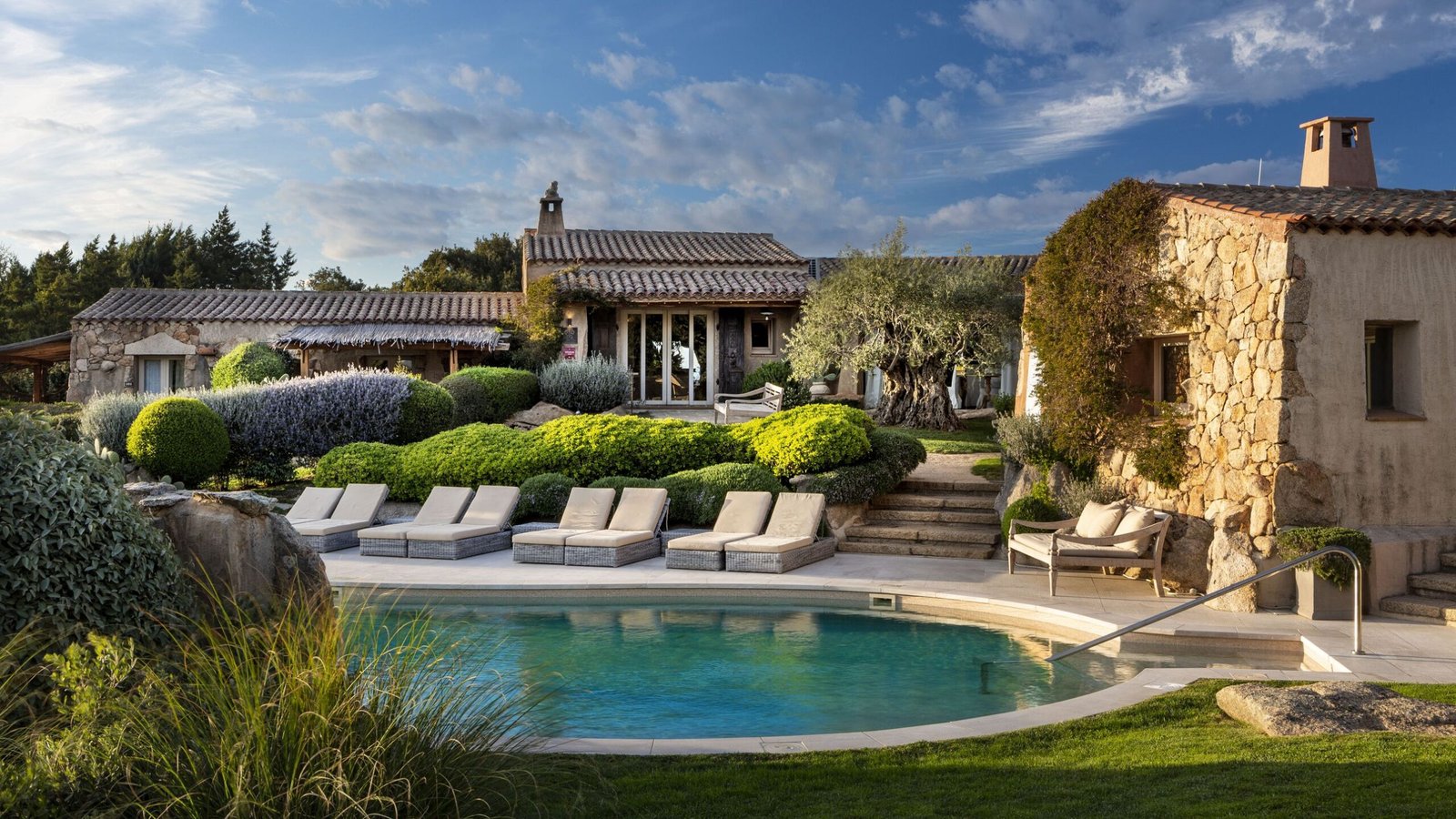
One hour’s drive from Cagliari, the capital of Sardinia, leads to an unspoiled stretch of wild coastline in the island’s southwestern corner. The centerpiece of this 29-mile expanse is Le Dune, a 28-room hotel, located on the pale-ochre sands of Piscinas beach. This desert-like area is strongly recognized for its mining tradition, and the hotel stands on the former warehouse of the Ingurtosu mine, one of the most significant in Europe during the 19th century.
Designers Antonio Gardoni and Luca Platto were tasked with reimagining its interiors, achieving a sleek, contemporary aesthetic inspired by the area’s coastal surroundings and industrial past. In addition, interiors celebrate Sardinian craftsmanship, with works of artisans like Francesca Frau, known for her intricate wrought iron work, and Mariantonia Urru, who specializes in exquisite traditional tapestries. This thoughtful blend of old and new is evident in the American Bar and lounge, where original stone walls, floors, and a grand fireplace harmonize with bespoke oak and wicker furnishings, complemented by artisanal textiles. Similarly, the rooms and suites thoughtfully introduce local elements: cast iron beds and white linens, synchronize with light, sand-tinted Orosei marble floors— while the walls are characterized by a bas-relief, tone-on-tone pattern that pays tribute to traditional Sardinian designs. At Le Dune, there are two restaurants: casual dining at Il Ginepro, and a more gourmet proposal at Rosso Tramonto, where the walls are entirely painted by Sardinian artist Federico Carta. There is also a gym, a small spa, and an outdoor swimming pool.
Address: via Bau, 1, località Piscinas, di, 09031 Ingurtosu SU, Italy
Solo Travellers
Are the world's most beautiful islands in danger?

The scenery and 24-hour sun on these Norwegian isles are no longer a secret
Source link
Solo Travellers
The Best Ear Protection for Kids to Wear at Concerts, Fireworks, and Sporting Events
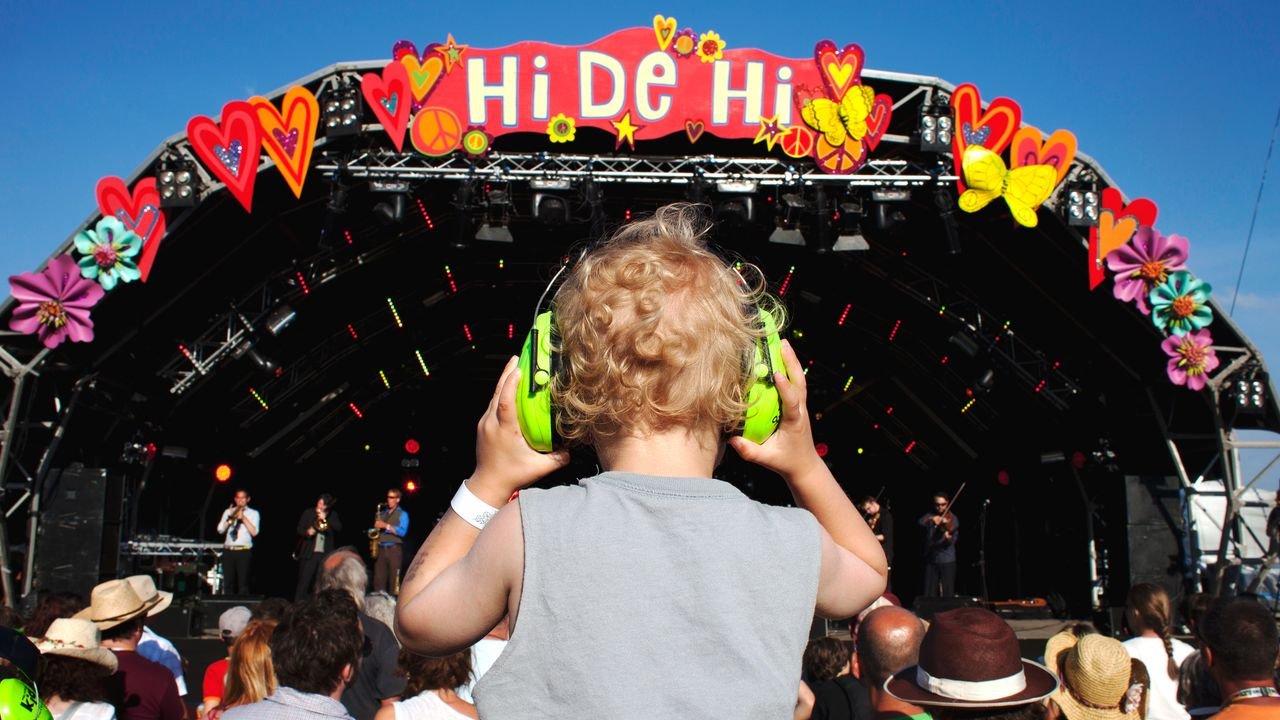
There’s a reason your child covers their ears every time you walk past a construction site. Little ears are sensitive—and they’re especially vulnerable in the presence of fireworks, race cars, and screaming Taylor Swift fans. According to the Centers for Disease Control and Prevention, prolonged exposure to noise above 85 decibels (dB)—the typical volume of a hair dryer—can cause permanent hearing damage, even for adults. Now imagine your child at a Fourth of July firework festival, where pyrotechnics displays can top 150 dB, and you understand why packing ear protection is just as crucial as sunscreen and snacks.
“Our ears are always on,” says Dr. Brian J. Fligor, a pediatric audiologist, author of Understanding Childhood Hearing Loss, and president of Tobias & Battite Hearing Wellness in Boston. “Hearing is crucial for our language development and navigation of the world. That’s why we must protect children’s hearing from birth.”
The good news? Today’s earmuffs—over-the-ear headsets that help block noise—are lightweight, comfortable, and stylish enough that most kids won’t put up a fight over wearing them. They’re also designed to lower the decibel level without muffling or distorting sound entirely. (The goal is volume reduction, not total silence.)
Dr. Fligor advises using protection any time an event is loud enough to startle a child or requires shouting in order to be heard. He also recommends it when riding ATVs, snowmobiles, or other powersport vehicles where engines are not particularly well-muffled. And while hearing protection is not necessary on commercial flights, he absolutely recommends muffs for smaller bush and prop planes, or when attending a jet flyover show. If you’re not sure how to gauge the noise risk in any given situation, there’s an app for that: Decibel X sound meter for iOS and Android offers a real-time frequency analyzer for spot checks.
We asked Dr. Fligor, a father of four, along with other travel-savvy parents about the muffs that work best for their kids and why. Below, the best kid-approved picks for the ultimate ear protection.
FAQ:
What should I look for to find the best ear protection for kids?
Aim for a minimum noise reduction rating (NRR) of 22 to 27 dB for general use, says Dr. Fligor. For especially loud environments—like fireworks shows or racing events—higher is better.
What ages need ear protection?
Exposure to loud noise—anything over 85 dB—can cause permanent hearing damage in children and adults alike, which is why it’s so essential to protect our hearing from birth onward. Proactive protection for kids is especially important because they are less likely to self-regulate and move away from noise if it gets too loud.
Which type of ear protection is better for kids: earplugs or earmuffs?
For babies, toddlers, and grade schoolers, over-the-ear muffs are the safest and easiest option. They’re more comfortable, stay in place better, and don’t pose a choking hazard the way earplugs might. Dr. Fligor advises against using earplugs for children until they are old enough to report accurately on their comfort and effectiveness, typically around age seven or older. For tweens and teens, high-fidelity earplugs like Loop or Etymotic work well because they dampen volume without distorting sound (ideal for concerts).
How can I tell if the ear protection fits correctly?
“Earmuffs should form a snug but gentle seal around the ears without any gapping,” says Dr. Fligor. That means the cups are large enough to fit around the entire ear— including the flap of cartilage around the edge, called the pinna—and sit along the jaw. If they slip forward or the ears poke out, it’s not tight enough. If they leave indentations or the child complains about pressure, it’s too tight. To double check the fit, ask your child to shake their head while wearing them: If the earmuffs shift easily or slide off, they’re too loose.
Solo Travellers
Renting a Camper Van for a Road Trip of Stargazing, Cook Outs, and Red Rock Hikes
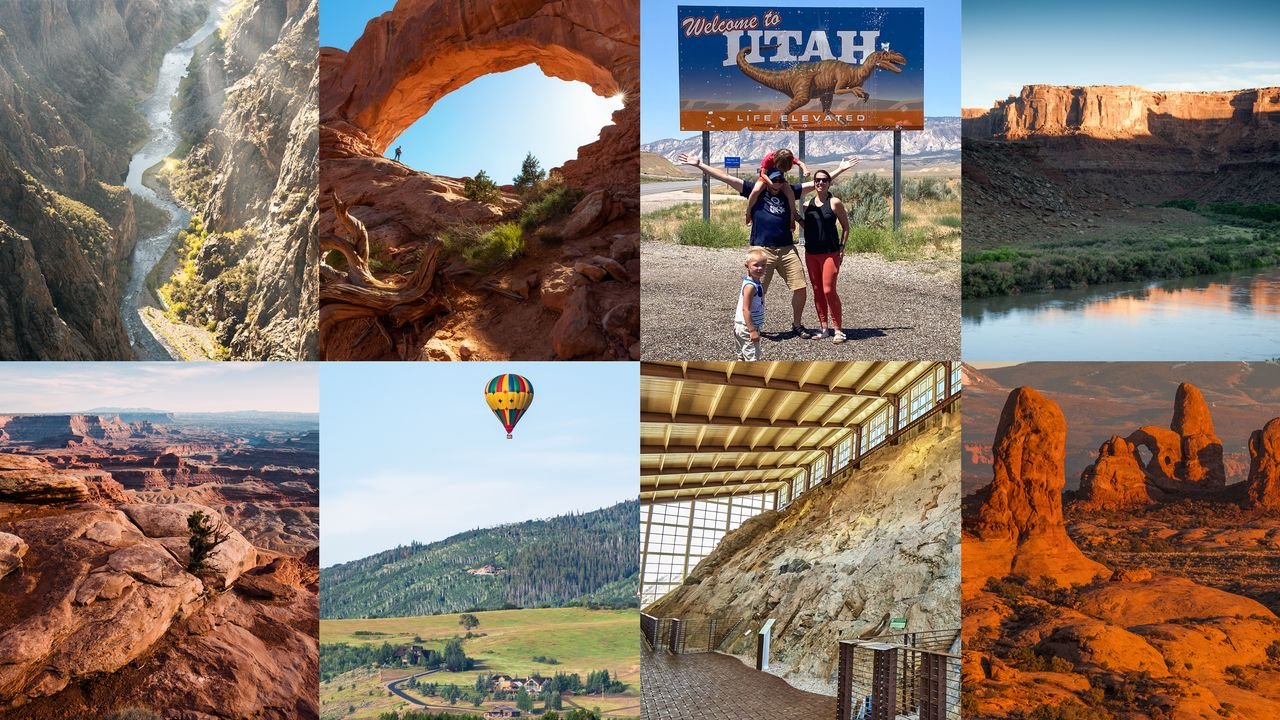
For Jo Piazza and Nick Aster, a camper van trip through the national parks of Colorado and Utah wasn’t just a summer escape—it was a way to reconnect with the adventures they loved pre-kids. “It was time for a trip out west,” Jo says. “We’d visited a lot of these national parks when we lived in San Francisco, but now it was about showing our kids—Charlie, 5, and Beatrix, 3—what makes these places so special.”
The couple, who live in Philadelphia and were expecting their third child at the time (Eliza, now born), mapped out a 10-day loop that started and ended in Denver. Along the way, they visited Rocky Mountain National Park, Steamboat Springs, Dinosaur National Monument, Moab, Arches, Canyonlands, Black Canyon of the Gunnison, and Breckenridge. “It was a bit of an epic romp,” Jo laughs. Here’s how they spent their family vacation—and how much it cost.
Why rent a camper van?
Pregnant, outdoorsy, and realistic about the physical demands of camping with two small kids, Jo knew she needed more than a tent. “Sleeping on the ground just wasn’t going to cut it,” she says. “A van gave me a good place to sleep—and full disclosure, Nick often slept out in the tent with the kids to give me a bit of luxury.”
They rented their “cabin camper” through Outdoorsy—a fully tricked-out truck with a massive cap in the back that felt like a log cabin on wheels. “People commented on it everywhere we went,” Jo says. “We’d get high fives, people asking to take pictures. At one point, someone said, ‘Hey man, we saw you in Canyonlands two days ago! That thing is awesome.”
Planning a flexible route around national parks
Unlike their usual meticulously planned vacations, this one was intentionally open-ended. “We had a general loop in mind,” Jo explains. “We knew we wanted to hit Rocky Mountain right away since it’s so close to the airport, and we knew Charlie would go bananas for Dinosaur. But the rest we figured out as we went. That’s the beauty of traveling by van—you don’t need to lock in hotels every night.”
This flexibility came in handy during a July heatwave in Moab. “We broke up the camping with a stay at the super-unhip Marriott,” Jo says. “It had a fake red rock pool and a mini water park. It flew in the face of the National Park ethos, but with 100-degree heat and two little kids, we just leaned in. They loved it.”
Top highlights for parents and kids
The kids’ favorite moments weren’t always the ones Jo and Nick would’ve picked, but they rolled with it. “They’re still talking about the pool in Moab and the fossil quarry at Dinosaur National Monument,” Jo says. “Also, they were weirdly into how much attention the van got.”
-

 Brand Stories2 weeks ago
Brand Stories2 weeks agoBloom Hotels: A Modern Vision of Hospitality Redefining Travel
-

 Brand Stories1 week ago
Brand Stories1 week agoCheQin.ai sets a new standard for hotel booking with its AI capabilities: empowering travellers to bargain, choose the best, and book with clarity.
-

 Destinations & Things To Do2 weeks ago
Destinations & Things To Do2 weeks agoUntouched Destinations: Stunning Hidden Gems You Must Visit
-

 Destinations & Things To Do1 week ago
Destinations & Things To Do1 week agoThis Hidden Beach in India Glows at Night-But Only in One Secret Season
-

 AI in Travel2 weeks ago
AI in Travel2 weeks agoAI Travel Revolution: Must-Have Guide to the Best Experience
-

 Brand Stories4 weeks ago
Brand Stories4 weeks agoVoice AI Startup ElevenLabs Plans to Add Hubs Around the World
-

 Brand Stories3 weeks ago
Brand Stories3 weeks agoHow Elon Musk’s rogue Grok chatbot became a cautionary AI tale
-

 Asia Travel Pulse4 weeks ago
Asia Travel Pulse4 weeks agoLooking For Adventure In Asia? Here Are 7 Epic Destinations You Need To Experience At Least Once – Zee News
-

 AI in Travel4 weeks ago
AI in Travel4 weeks ago‘Will AI take my job?’ A trip to a Beijing fortune-telling bar to see what lies ahead | China
-

 Brand Stories4 weeks ago
Brand Stories4 weeks agoChatGPT — the last of the great romantics

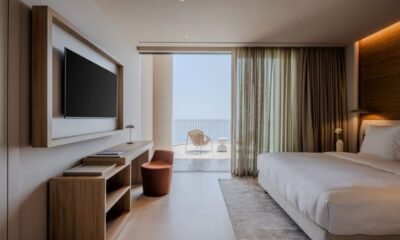

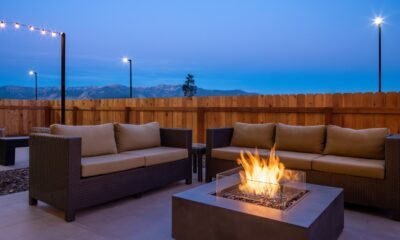

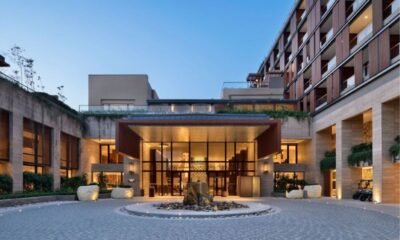

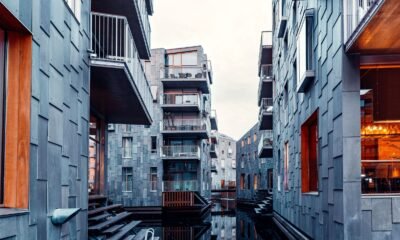



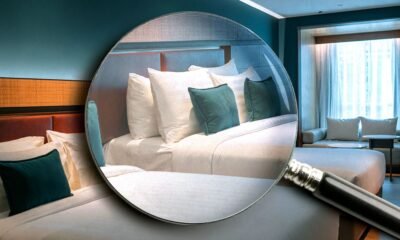

You must be logged in to post a comment Login